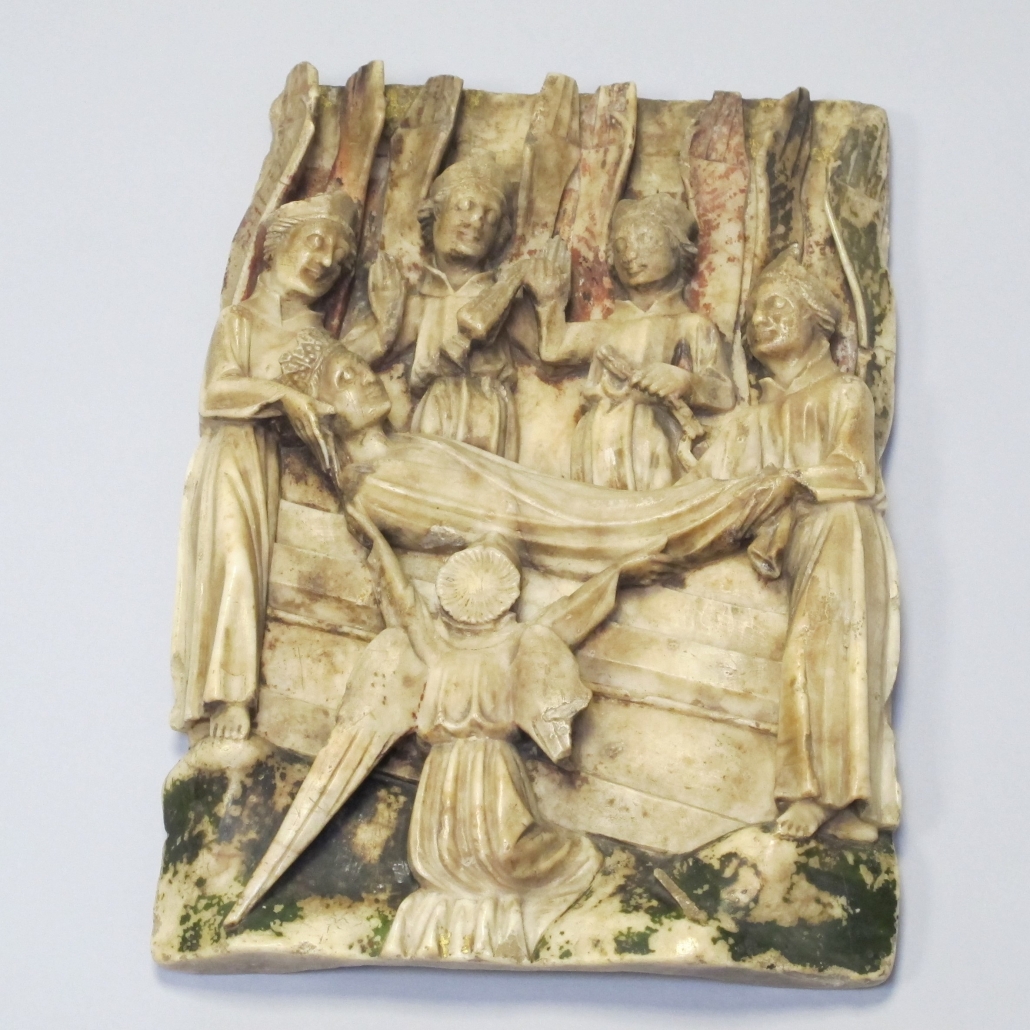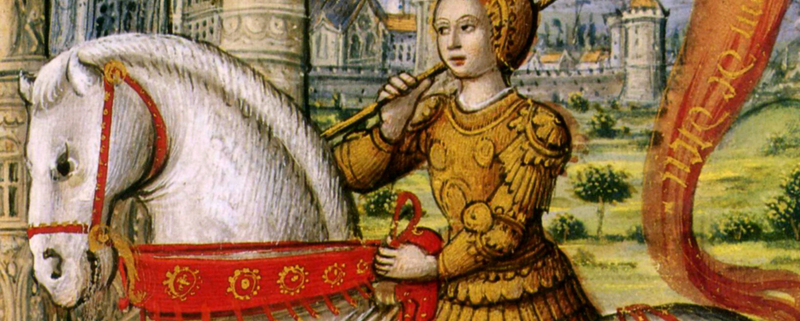Joan of Arc – Condemned to Death for Wearing Trousers?
On Tuesday 07 February at 2.30p.m. at Gold Hill Museum, French linguist Helen Jouahri will talk about “The Surprising Joan of Arc”. Members of The Shaftesbury & District Historical Society were persuaded in a cogent lecture by Dr James Ross that Henry VI was indeed the “Worst King of England” – and Joan made a significant contribution to Henry’s ultimate loss of the French crown and lands, and the Hundred Years’ War. In the winter of 1430-31 Henry and Joan were in the same place, Rouen Castle, at the same time. However, it’s extremely unlikely that they ever met. Henry was aged 9 and very much under the control of his uncle, the Duke of Bedford, and his tutor the Earl of Warwick. Joan was about 18, a solitary female prisoner in chains, being examined for alleged heresy by a battery of male inquisitors.
Joan’s youthful star burned very brightly for a very short time. Though from a modest peasant background, in early 1429 Joan was able to convince the future Charles VII of France and his advisers that hers was a God-given mission to help him defeat the English and their Burgundian allies. No-one was greatly surprised that Joan heard saintly voices; the fundamental question was whether these voices were of heavenly or demonic origin. She later revealed that one of the voices belonged to Saint Catherine, a very popular saint invoked on both sides of the Channel, and represented in our Collection.

When Joan’s presence inspired the Armagnac French to raise the siege of Orleans and to further victories in the Loire Valley, this was taken as proof that Joan had God on her side. In July 1429 Charles was duly crowned King at Reims, but Joan’s later military enterprises were not so successful. An attack on Paris failed in September 1429, and in May 1430 Joan was captured by the Burgundians, who ransomed her to their English allies.
Joan arrived as a prisoner at Rouen in December 1430. On 03 January 1431 an edict was issued in Henry’s name. Most scandalous, it would appear, had been her short haircut and adoption of male clothing:
It is sufficiently notorious and well known how for some time, a woman who calls herself Joan the Maid has put off the habit and dress of the female sex, which is contrary to divine law, abominable to God, condemned and prohibited by every law; she has dressed and armed herself in the habit and role of a man, has committed and carried out cruel murders and, it is said, has led the simple people to believe, through seduction and deceit, that she was sent from God, and that she had knowledge of His divine secrets, with several other very dangerous dogmas, most prejudicial and scandalous to our holy catholic faith.
There are no surviving contemporary images of Joan drawn from life, so we cannot be certain how she looked. The painting at the top of this blog was created over 70 years after her death, but is accurate in some respects. She led from the front in military encounters, wearing a custom-made suit of armour and carrying a holy banner. She put herself in the firing line and was wounded several times. We do know what she said in answer to her inquisitors, as detailed records were kept. For an unlettered teenager, she showed remarkable intelligence and resilience in the face of weeks of relentless hectoring and trap-setting. Joan was eventually browbeaten into submission. This she soon rejected and, having relapsed into heresy, she was burned at the stake in Rouen’s market place on 30 May 1431. Her remains were dumped in the River Seine.
This was the end of a brief life, but only really the beginning of Joan’s story. Helen’s illustrated talk is free to members of the S&DHS and open to the public on payment of £3 at the door.



